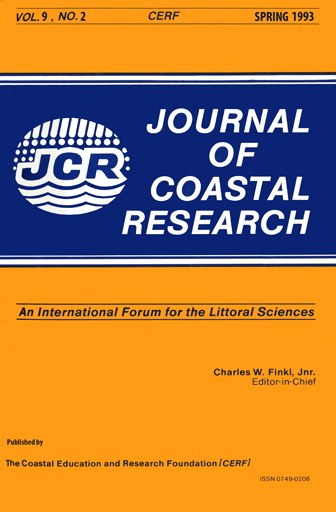New Perspectives on Bahamian Geology: San Salvador Island, Bahamas
Keywords:
Carbonate islands, eolian activity, marine environment, shoreline, coastal sediment, sea-level change, morphostratigraphy, amino acid racemization, HoloceneAbstract
Using San Salvador Island, Bahamas, as an example, this paper demonstrates that the stratigraphy of the Bahamas is much more complex than the three-unit column proposed in earlier works. It further provides new insights into the growth and evolution of carbonate islands. Despite its 700-plus islands and enormous platform area, the surficial geology of the Bahamas has been largely neglected. Using a multiple method approach combining geomorphology, sedimentology, petrography and amino acid racemization data, we have identified nine lithostratigraphic units representing the middle Pleistocene to the Holocene. These units, four of which are previously unrecognized, were deposited in shallow marine and eolian environments, and are generally hounded by soils. Their petrographic composition is dominated by either ooids or bioclasts. By recognizing the overall patterns of ridge and shoreline development, a better understanding of the development of Bahamian-type carbonate islands is presented. Island growth ultimately depends on the geometry and energy conditions on the shelf. As the shelf narrows with island accretion, a concurrent decrease occurs in the amount of sediment manufactured, resulting in smaller volume landforms. Oolitic sediment deposition mainly occurs during early platform flooding when the shelf is open and energetic. Skeletal and peloidal sands assume subsequent dominance during marginal flooding events. Thus, some indication of relative sea-level intensity can be inferred from petrological evidence.


